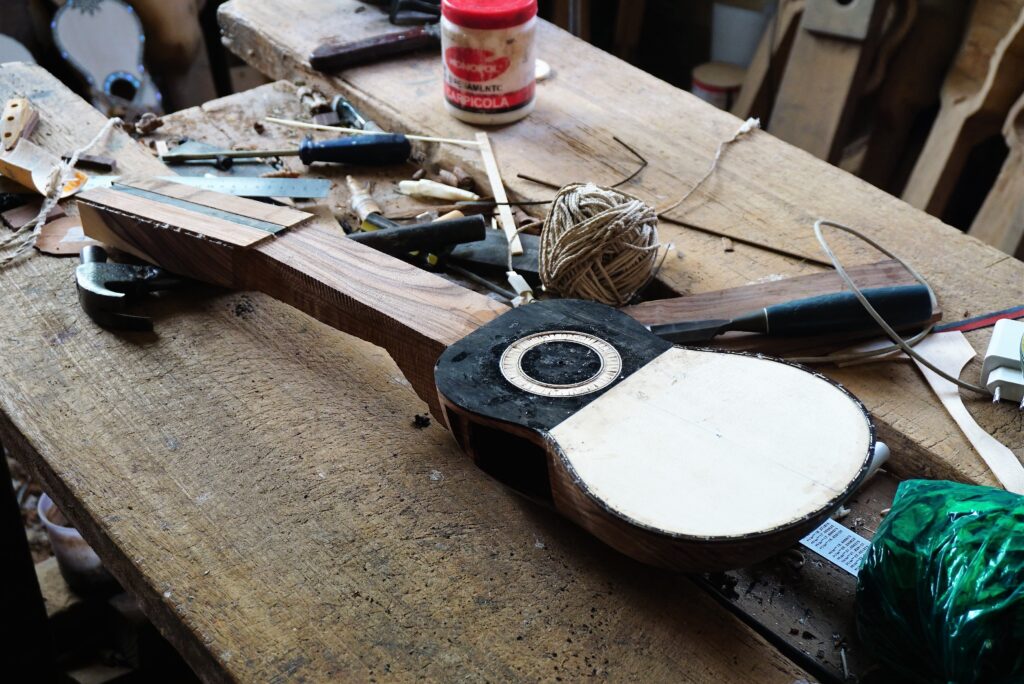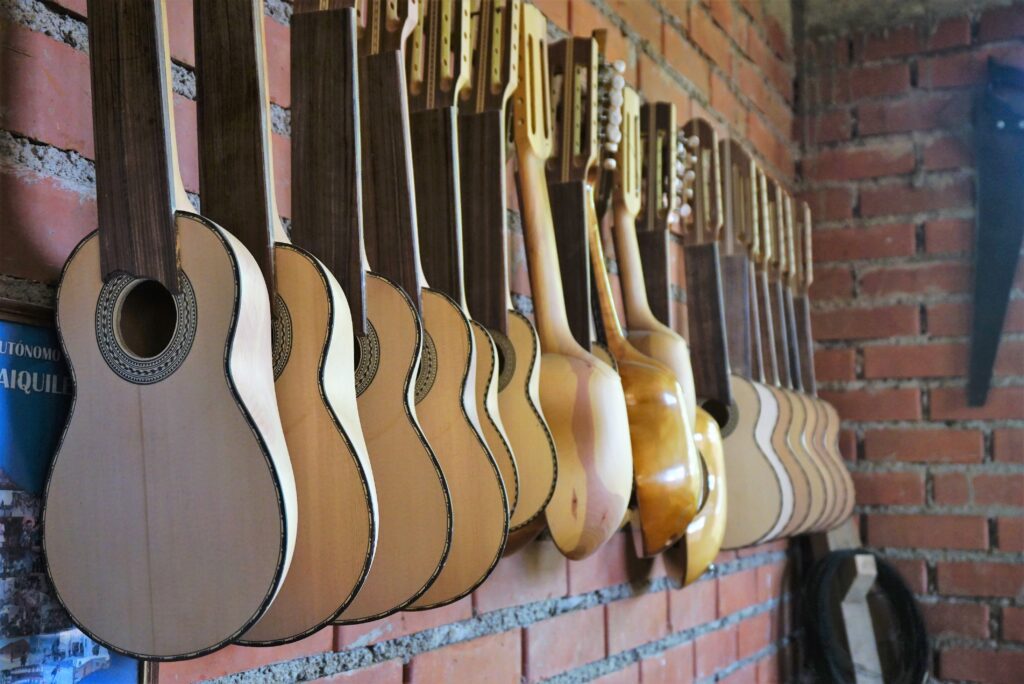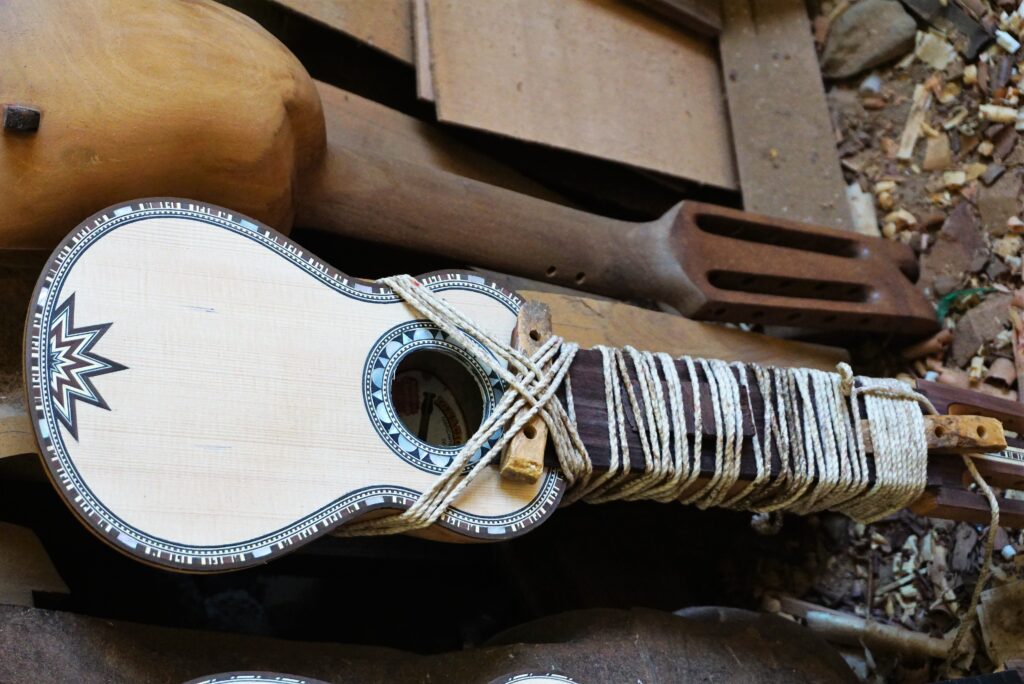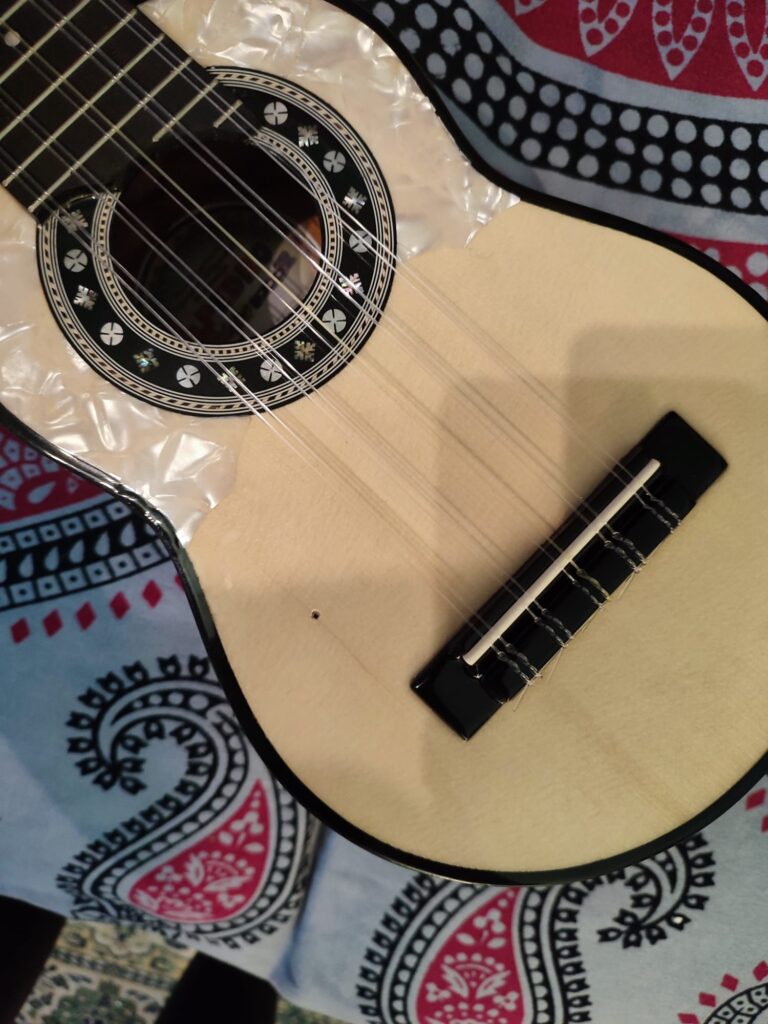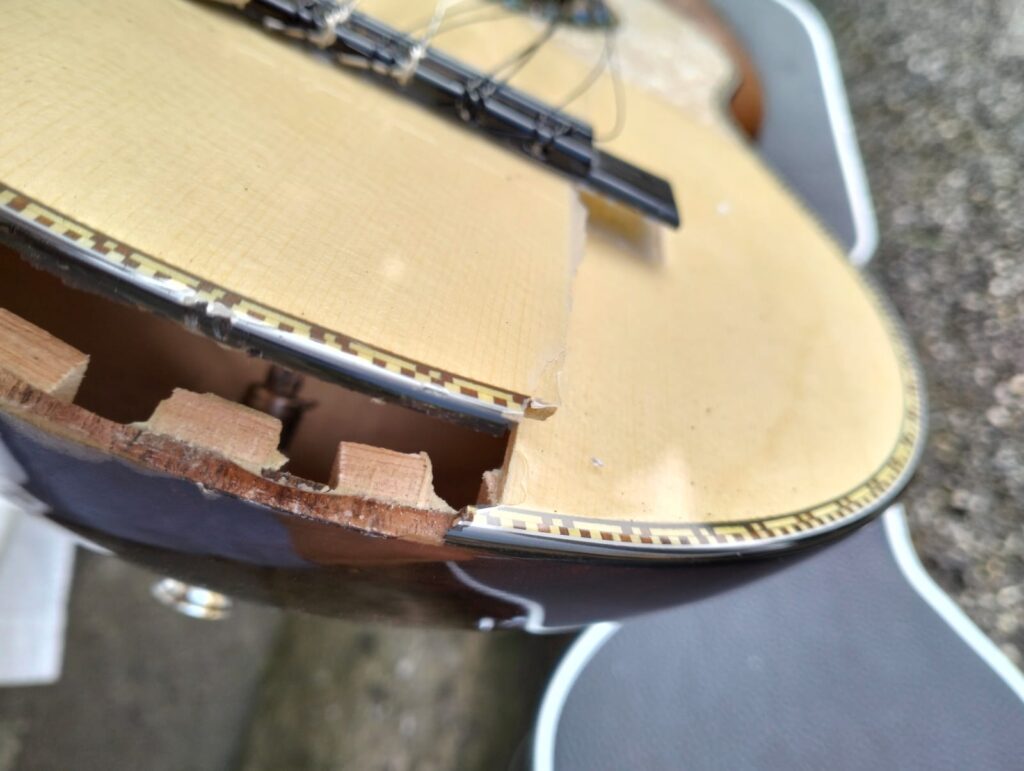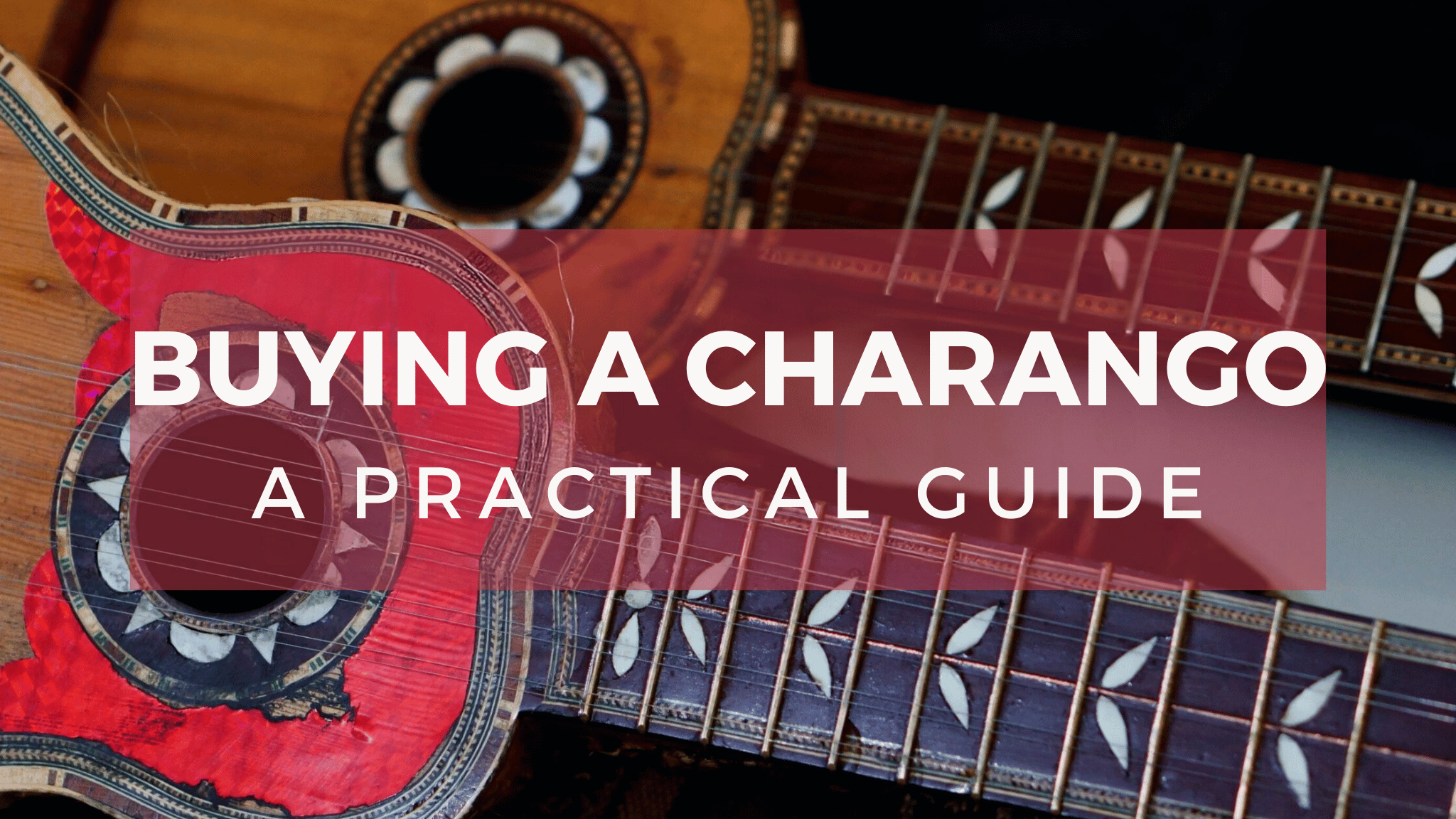
Buying a Charango: What You Need to Know
Buying a charango: a practical guide
The charango is a widely popular instrument in South America, especially in the Andean states, but finding one abroad can be quite challenging. This might seem paradoxical to those familiar with Bolivia, where instrument production is flourishing. The difficulty in buying a charango stems from several significant obstacles: distance, local culture, and language barriers make it hard to communicate with luthiers. Moreover, there are many risks involved: sometimes buyers are scammed by luthiers or sellers who fail to ship the instrument, or the charangos arrive damaged due to rough customs inspections.
Occasionally, though rarely, you might find charangos for sale in Italian or European music stores. However, I advise against purchasing from these shops. The reason is simple: these stores face the same difficulties you do in sourcing the instruments and likely lack the ability to select specific pieces or the expertise to evaluate them. The charangos available in Italian shops are often of very low quality and end up in the owner’s hands almost by chance.
When looking to buy a charango online, be cautious of certain websites that may appear reputable but are known for overcharging and providing poor customer service. Some luthiers I know have mentioned that these sites often sell second-rate instruments at premium prices. Always research thoroughly and consider reaching out directly to trusted luthiers to ensure you get the best quality for your investment.
In a previous article, I explained the main issues affecting instrument production by luthiers. If you haven’t read it yet, I encourage you to do so—it will help you understand the working conditions of luthiers and how a charango is made. Today, I want to give you practical advice on how to safely buy a charango.
Buying a used charango
If you are outside South America, there are essentially two options: either look for a used instrument or have one sent from South America. Buying used from private sellers is a good idea because you’re more likely to find an instrument purchased by a connoisseur who values quality. There are numerous collectors who are constantly searching for charangos made by specific luthiers or featuring certain regional variations, and sometimes they decide to sell pieces from their collections. Listings are not abundant because the charango is a niche instrument. However, with perseverance, interesting opportunities can occasionally arise, and there is a significant advantage: you can arrange with the seller to try out the instrument. Being able to test the instrument is a luxury that sometimes isn’t even available when dealing directly with Bolivia and its top luthiers, as we’ll discuss further below.
Purchasing a Charango from a luthier
The other option is to directly approach a specific luthier and have it sent over. This sounds straightforward but is a bit more complicated in practice! To do so, one must first understand the cultural and geographical context in which charangos are produced. Andean society and culture are very different from ours. It’s a world where social and formal relationships are strong, decisive, and more important than any economic interest, and this is also significant when searching for a musical instrument.
If the luthier doesn’t know you, it’s very unlikely that they will offer you their best instruments or pay meticulous attention to every detail of your requests. That’s why it’s important to engage in lengthy conversations with the luthier—not to gain an advantage, but to understand their world. Only through this can misunderstandings be reduced, which are inevitable when speaking with someone from a completely different culture and context than ours.
For instance, despite my strong friendships with numerous luthiers, I sometimes still receive instruments with details that differ from what was agreed upon. This isn’t due to lack of trust or poor communication, but purely a cultural matter.
A significant yet unavoidable issue when buying a charango remotely is the inability to try it out beforehand. You may like or dislike the sound and playability of the instrument you receive, but there’s no way to find out until you have it in your hands. This holds true even for the best luthiers: since charangos are entirely handmade, there are numerous variables affecting their sound.
In fact, this issue isn’t resolved even by visiting luthiers in person, as it’s rare for them to have high-quality instruments ready for sale on hand. Every serious luthier works almost exclusively on commission, so the instruments you may find in their workshops are often unsold pieces.
Paying for your charango
Suppose we have found the perfect luthier and set a price. How does the payment process work? If you do not know each other personally, it is quite normal for the luthier to require a full prepayment before starting work, or at least a 50 percent down payment with the balance due before shipping. This arrangement, while common, requires a great deal of trust on your part, so you must be very cautious. If you have found the luthier online or through social media, always verify his identity and reputation. Although scams are rare, they do occur and it is critical to avoid them. If you have concerns about a particular luthier, please do not hesitate to contact me for advice!
Getting your charango shipped from South America
Another important reason to establish a good relationship with the luthier is that he will be your sole point of contact in Bolivia or South America to handle any issues that may arise during shipping and the production of necessary documents for the shipment. Shipping from Bolivia can be quite complicated, with potential bureaucratic hiccups along the way. Once the instrument is completed, the luthier will provide an estimate of the shipping costs, which you will need to pay. If you don’t have a trusted relationship with the luthier, always ask for the exact shipping cost and request the shipping receipt with the tracking code, as this will be your only means to track the package.
If you lack experience, ask the luthier to get a hard case for the shipment. While not an absolute guarantee of safety (as the photo below shows), it is certainly the best way to ship. However, keep in mind that this will add to the cost of the case and result in higher shipping expenses due to the increased weight and size of the charango.
Problems may also arise during customs clearance in the destination country. It is not uncommon for packages to be opened and, unfortunately, instruments to be damaged during drug inspections. These checks are unavoidable but sometimes cause significant damage, as seen in the photos below.
These damages are produced by customs inspections: on the left is a board punctured by a narcotics probe. On the right is a charango that was given a blow, or perhaps that suffered a fall. Note that the instrument was shipped with a hard case that was opened anyway.
Shipping costs for a charango from Bolivia or South America
Depending on the type of shipment, which can be done by private courier or public postal service, costs vary quite a bit.
The public service is the cheapest, but it is slow, sometimes untraceable, and not very secure: the cost of sending a charango with a hard case usually ranges between $100 and $130 USD. Delivery times are not guaranteed and range from 15 days to 2 months.
Private couriers serving South American countries are numerous, but the most widely used are DHL and FedEx. These are safer, faster, and much more expensive services: in fact, the cost of shipping a charango with a hard case usually ranges from $220 to $330 USD. Delivery times are usually no more than two weeks.
Buy charango instruments safely with Charango.it: discover our trusted luthiers and direct purchase options
Charango.it aims to promote and enhance awareness of the Charango and Andean music! One of our primary goals is to assist in finding high-quality instruments from top-level luthiers. With years of work and travel across Bolivia, Peru, Chile, and Argentina, backed by over 10 years of experience, we can directly connect you with the most reputable and reliable luthiers, leveraging the trust we’ve built over the years. Whether you’re looking for modern instruments or very specific rural variants, through Charango.it, you can address many of the concerns outlined in this article. You’ll have direct contact with trustworthy individuals and can buy a charango safely and risk-free. If desired, we can act as intermediaries for you.
The issue of shipping and associated costs remains a challenge. For this reason, we have created a page where selected instruments directly from Charango.it are listed and already available here. By purchasing directly in Italy, you can mitigate the risks associated with shipping, as well as costs and delivery times. These instruments are not always available and are carefully selected opportunities from the luthiers we have been collaborating with for years.

